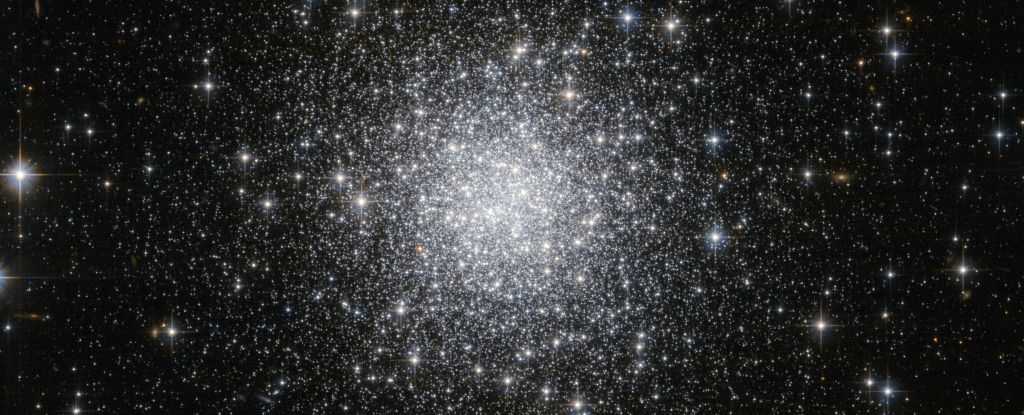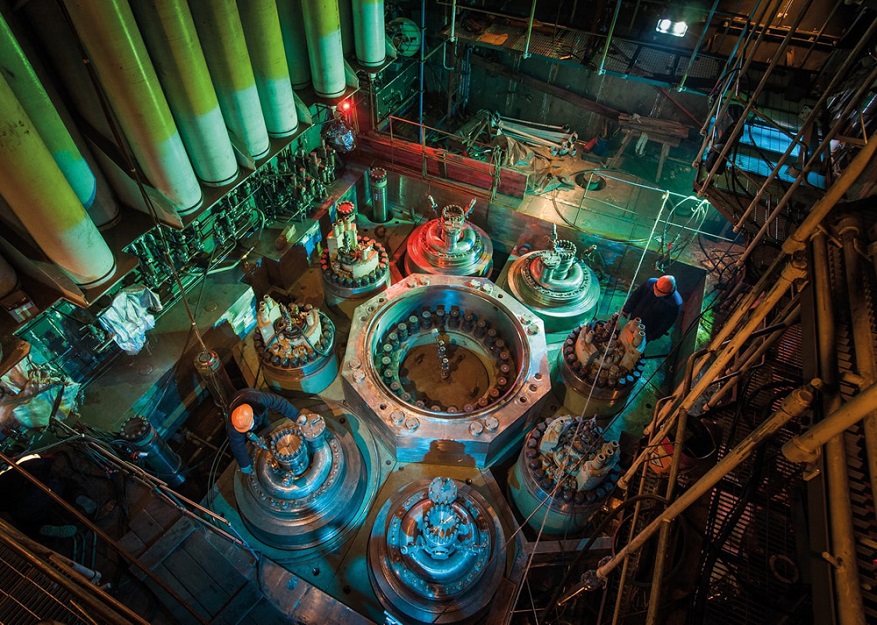Digest of sci-fi news for the week, about which we did not write anything

We don’t know exactly what the first stars in the universe were. Looking into the distant corners of the early universe, we see only traces of their presence.
But new set of evidencetraced in the Webb images, seems to be consistent with the idea that is gaining momentum: soon after the appearance of the first stars – or maybe already among them – huge luminaries with a mass of up to 10,000 solar masses arose.
“Today, thanks to data collected by the Webb Space Telescope, we believe we have found the first clue to the presence of these unusual stars,” says astrophysicist Corine Charbonnel of the University of Geneva in Switzerland.
The first piece of this puzzle is a stellar group called a globular cluster. There are relatively many of them in our local universe; There are about 157 objects in the Milky Way that can be classified as globular clusters. These are very dense, spherical sets of stars, containing from 100,000 to 1 million luminaries; and all these stars have very similar chemical properties, suggesting that they were born at about the same time from the same gas cloud.
Scientists from the Scientific and Educational Center (SEC) NEVOD NRNU MEPhI summed up the results of a ten-year experiment on the study of ultrahigh-energy cosmic rays, as a result of which they discovered the anisotropy of these rays and determined its parameters. Research results published in the highly rated scientific journal Astrophysical Journal.
Cosmic rays are particles of matter, which include stable elementary particles (photons, neutrinos, electrons, protons) and nuclei of chemical elements flying towards us from space at a tremendous speed close to the speed of light. At energies of the order of 1015 electron volts, the trajectories of charged particles become entangled in the magnetic fields of our Galaxy and conditions are created for their diffusion, said Mikhail Amelchakov, Ph.D.
“Cosmic rays behave like a drop of paint in a glass of water. Particles “run away” from the area with a high concentration. If we observe the effect of cosmic ray diffusion on the Earth, then, taking into account the daily rotation of the Earth, against a uniform background of the cosmic ray flux in the space surrounding the Earth, there will be two poles from two opposite sides. At one pole there will be an excess of particles, and at the other there will be a lack of them, ”he said.
After the Big Bang, the universe expanded and cooled enough to form hydrogen atoms. And while there was no light from stars and galaxies in it, the Universe entered a period known as the cosmic dark ages. The first stars and galaxies appeared a few hundred million years later and began to burn the hydrogen fog left over from the Big Bang, resulting in reionization, and the Universe again became transparent – such as it is today.
Researchers led by astrophysicists from the University of California confirmed the existence of a distant, dim galaxy, typical of those whose light has burned through hydrogen atoms; this discovery should help them understand how the cosmic dark ages ended.
An international research team led by astrophysicists at the University of California has confirmed the existence of the dimmest galaxy ever observed in the early universe. This galaxy, JD1, is one of the most distant ones discovered to date, and is typical of those galaxies that burned up in a haze of hydrogen atoms left over from the Big Bang.

The duration of operation of thorium-uranium fuel can be increased by 75% by increasing the diameter of the fuel element (TVEL) of a nuclear reactor, scientists from Tomsk Polytechnic University found out. It is used at low-capacity nuclear power plants in the Far North and remote areas, where it is difficult and expensive to deliver fuel. The study was supported by a grant from the Russian Science Foundation. Work results scientists published in the Annals of Nuclear Energy.
Every year, people all over the world spend huge amounts of money on medical treatment in an attempt to prolong their lives. But some people live to be 100 just like that, on their own. Why is this happening?
Researchers at the Novo Nordisk Foundation Protein Research Center at the University of Copenhagen set out to answer this question. After studying 176 healthy Japanese people over the age of 100, the researchers figured outthat the combination of gut bacteria and bacterial viruses in these people is quite unique.
“We are always looking to find out why some people live so long. Previous research has shown that the gut bacteria of older Japanese produce completely new molecules that make them resistant to pathogens, that is, disease-causing microorganisms. And if their intestines are better protected from infections, then this is probably one of the reasons that they live longer than others, ”says postdoc Joachim Johansen, first author of the new study.
Among other things, the new study shows that specific viruses in the gut can have a beneficial effect on the intestinal flora and thus on our health.





